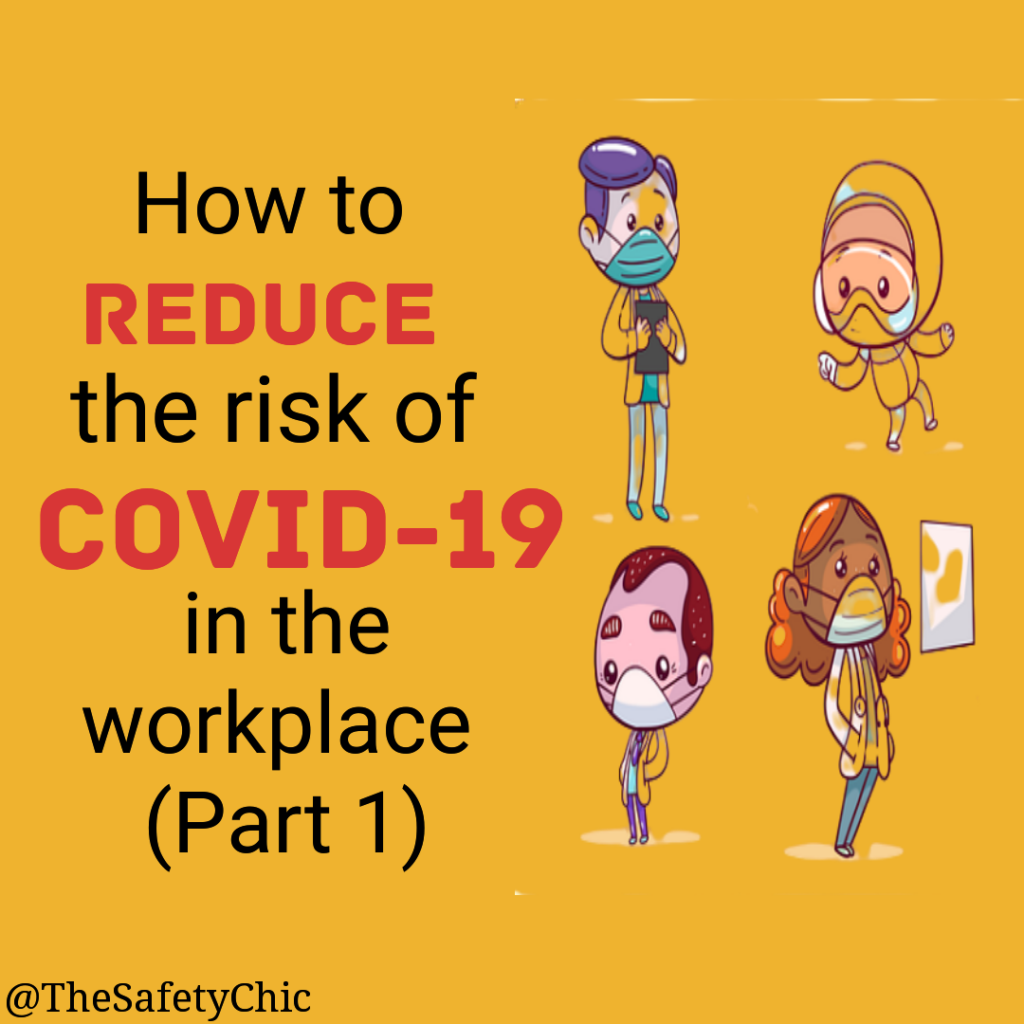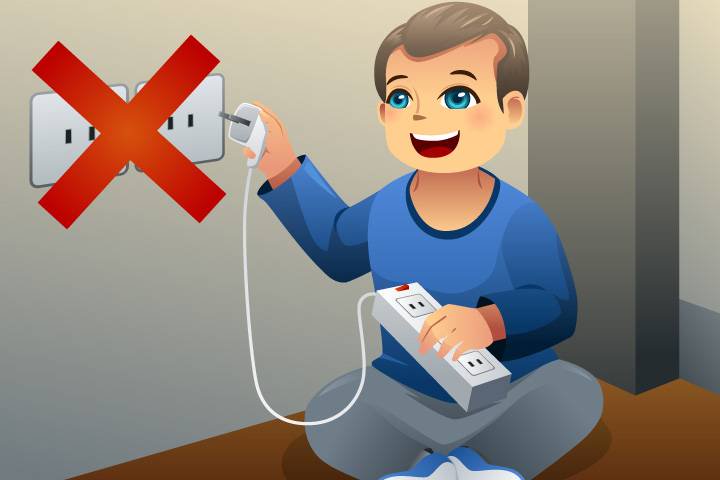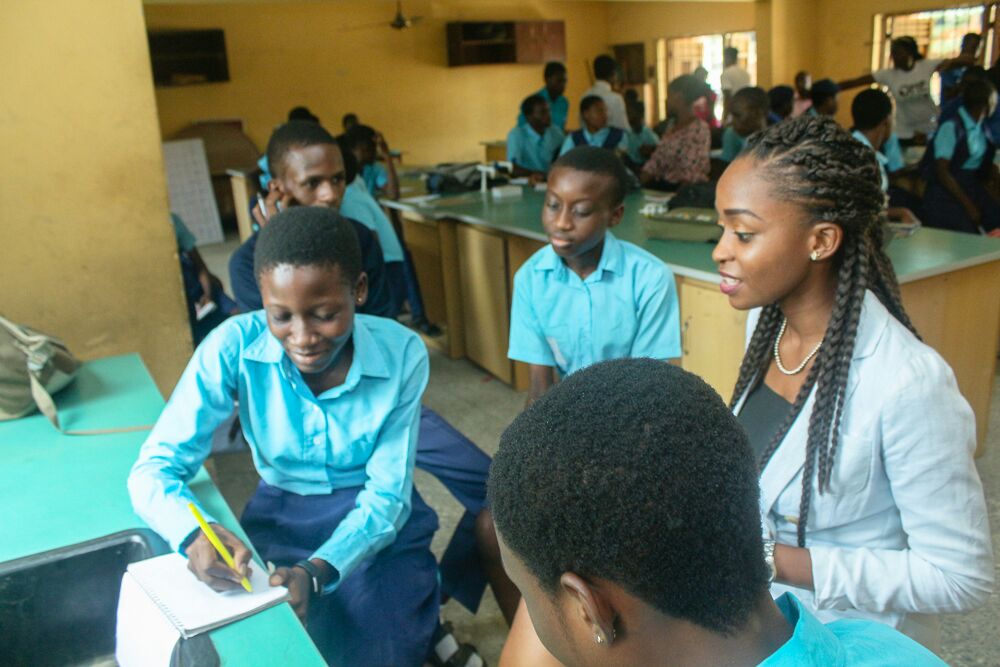Many people are getting complacent about their safety and this can lead to a spread of the virus in the workplace. How can you ensure that you maintain a safe and controlled environment in the workplace? You must continue with cleaning plans. You cannot afford to get tired. Your safety and that of those in the workplace depends on it.
So, you have probably heard that you should CLEAN and DISINFECT surfaces in your workplace properly. Do you do it? Or have you relaxed your cleaning measures? I would be sharing some important tips derived from a training session with reps from AUDA-NEPAD and ILO.
Why should you be mindful of cleaning surfaces?
According to laboratory studies, Sars-CoV 2 the virus that causes COVID-19 can last:
- 2 – 7 days (wood 2 days, plastic and stainless steel 7 days) Chin et al, 2020
- ~4 days (plastic and stainless steel) van Doremalen et al, 2020
But proper cleaning and disinfection is effective against it
What are the frequently touched surfaces?
Look around your workplace and identify the high touch surfaces. Some are common to all workplaces but others might be specific to your unique context. Therefore, do a thorough risk assessment and take your unique context into consideration. Some high touch areas are: door and window handles, seats and seat handles, mobile phones, toilet flush handles, light switches, personal computer keyboards, work surfaces, tap knobs etc.
What can you use to clean?
After identifying high touch surfaces, best practice is to clean with water and soap before disinfecting with:
- Sodium hypochlorite (bleach) Recommended concentration is 0.1% (1000ppm)
- Alcohol with 70 – 90% concentration
Be mindful of concentration when choosing to avoid damaging surfaces and toxic effects on users of public spaces
What are the basic requirements for proper cleaning?
- Adequate staffing: Get dedicated staff for this and be clear on their roles and expected standards to be met.
- Proper training: Training must be hands on and at the knowledge level of staff. It must be delivered by experienced trainers before cleaning begin to work on their own
Tips for cleaning, cleaning supplies and equipment
- Cleaning cloth for surfaces can be colour coded so that a certain colour can be used for cleaning while the other is strictly for disinfecting.
- Personal Protective Equipment (PPE) must be worn during cleaning
- After cleaning, reusable materials must be thoroughly washed, disinfected and dried fully
Dos and Don’ts of Spraying
Spraying as a primary disinfection strategy is ineffective in removing contaminants outside of direct spray zone. Therefore, consider the following:
- Do not spray disinfectants on people
- Spraying disinfectants outdoor is not recommended. It can be harmful to human health
- Disinfectants are best applied with a cloth or wipe that has been soaked in the disinfectant
Do not forget, CLEANING comes before disinfecting. Cleaning is the first step in the decontamination process.




